

The Republic of Honduras is a Unitary Presidential Republic located in Central America and is bordered on the west by Guatemala, the southwest by El Salvador, the southeast by Nicaragua, the south by the Pacific Ocean, and the north by an inlet of the Caribbean Sea. Its capital and largest city is Tegucigalpa with a population of 1,250,000. Historically, its indigenous population consists of descendants of several Mesoamerican cultures, most notably the Maya. The Spanish colonized the land in the early 16th century. Honduras became independent from Spain in 1821 and became known as Honduras in 1838. Its national economy is primarily agricultural and its lower class work in agriculture in the countryside and wealth is concentrated in the cities. The Honduras population is 90% Mestizo and 7% indigenous and consists of 9.6 million inhabitants. The country is overwhelmingly Christian with 46% Roman Catholic and 41% Protestant. National resources include minerals, coffee, tropical fruit, sugar cane and a growing textile industry. Its official language is Spanish
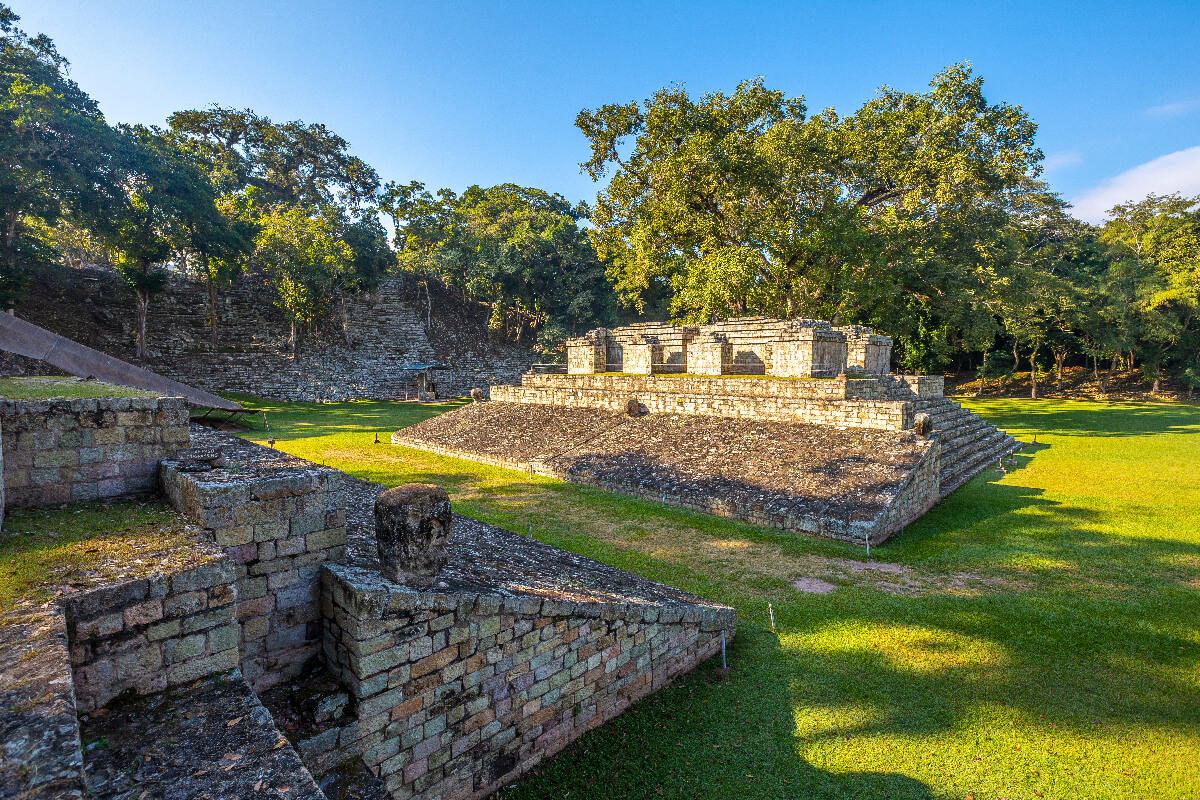
In the pre-Columbian era, modern Honduras was split between two pan-cultural regions, Mesoamerica in the west and Isthmo-Colombian in the east. The Lenca People of the interior highlands were mainly Mesoamerican and part of the Toltec Empire. In the extreme west, Maya civilization flourished for hundreds of years. The oldest organized societies existed in the period 500 -1000 AD. On his fourth and final voyage to America, in 1502, Columbus landed near the modern town of Trujillo. Columbus’ brother, Bartholomew, was the first to interact with the Mayan civilization by stealing cargo from a Maya sailing ship. In 1524, Gil Davila, was the first Spaniard to enter Honduras as a conquistador. Many regions in the north of Honduras never fell to Spanish conquest and were led by the Lempira and the Miskito Kingdom. The Spanish ruled for nearly three centuries and silver mining was a key economic component.
The climate is tropical in the lowlands and temperate in the mountains. The central and southern parts of the country are relatively hotter and less humid than the northern coast.
Flora and Fauna and Biodiversity
The flora and fauna of Honduras reflect the country’s geographical location in the tropics. This has allowed it to have diverse species of both plants and animals.
Flora:
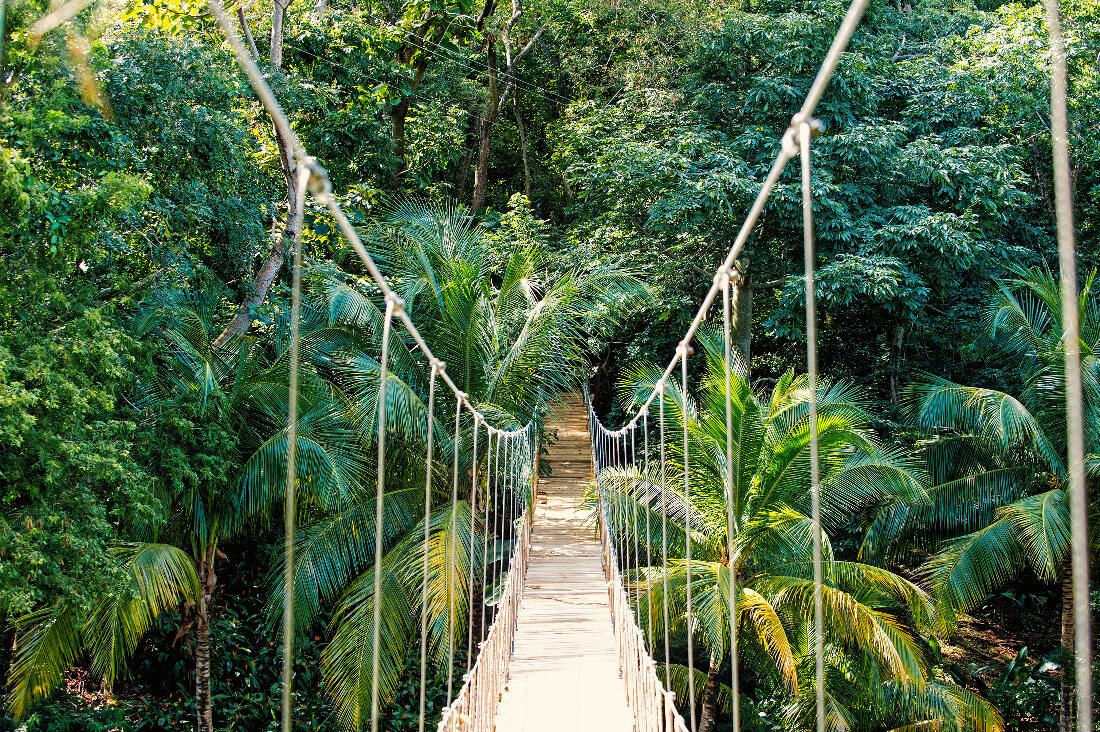
The flora of Honduras is very varied. Pluviselva, classified as a tropical rainforest, is a dominant feature with high humidity and temperatures and a single dominant feature like pines or firs covering big areas. The eastern part of the country, La Mosquitia, has creeper and climbing plants such as lianas and orchids. Because of the humid environment, trees are enormous and do not have deep roots but are supported by large buttress roots while the leaves are large and many. Among the more typical plant species are Spanish cedar, American mahogany, St. Mary’s Tree and wild cashew. Numerous palm plants exist near the coast as well as tropical fruit trees and multicolored flowering plants.
Fauna:
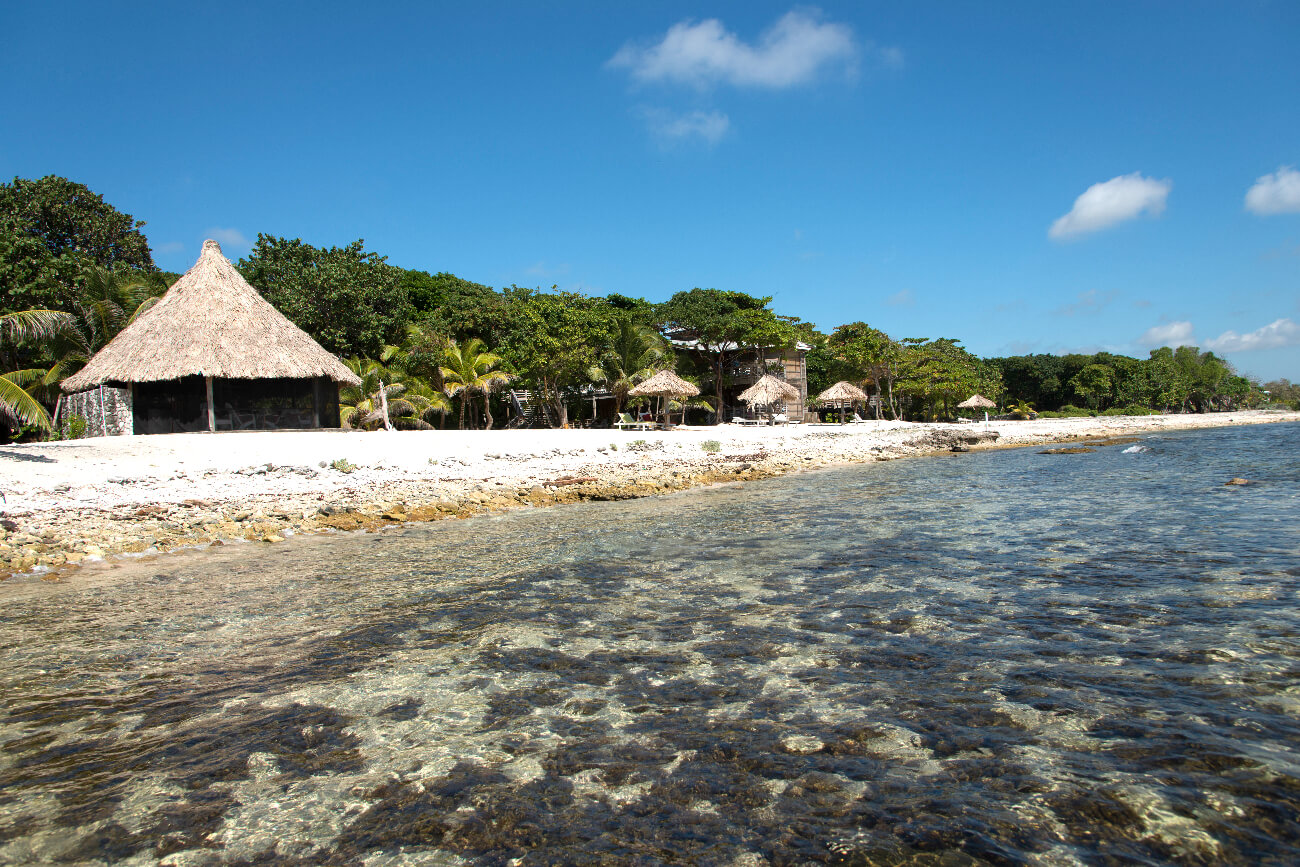
The most common fauna live in flowing rivers and lake waters. Big animals are not very numerous but there are hundreds of species of reptiles, amphibians and birds, fish and lizards. Monkeys, bats and numerous birds abound in the trees. Since there is no cold season, thousands of species of insects swarm constantly such as wasps, ants, mosquitoes, gnats and others. Among the mammals are Baird’s tapir, white-lipped and collared peccary, jaguar, cougar, ocelot, spectral bat raccoon and giant anteater. Bird species include hummingbird, black throated trogon, woodpecker, spectacled owl, toucan, Finsch’s parakeet and king vulture. Among the reptiles are the pit viper, northern boa, rattlesnake, green sea turtle, caiman, American crocodile, coral snakes, iguanas and toads and frogs. Among the fauna found on the Honduran coasts are the whale shark, dolphins, and many tropical fish and shrimps.
Baleadas refried beans with sour cream, cheese, and eggs folded in a tortilla.
Plato Tipico A typical breakfast
Pupusas cheese melted inside a thick, doughy tortilla
Yucca with pork
Macheteadas a fried pancake
Horchata a beverage made from rice and spices
Atol de Elote pureed rice drink
Semitas and Rosquilles pastries
Sopa de Caracol seafood soup
Pilones popsicles
Choripan a baguette with a chorizo in between
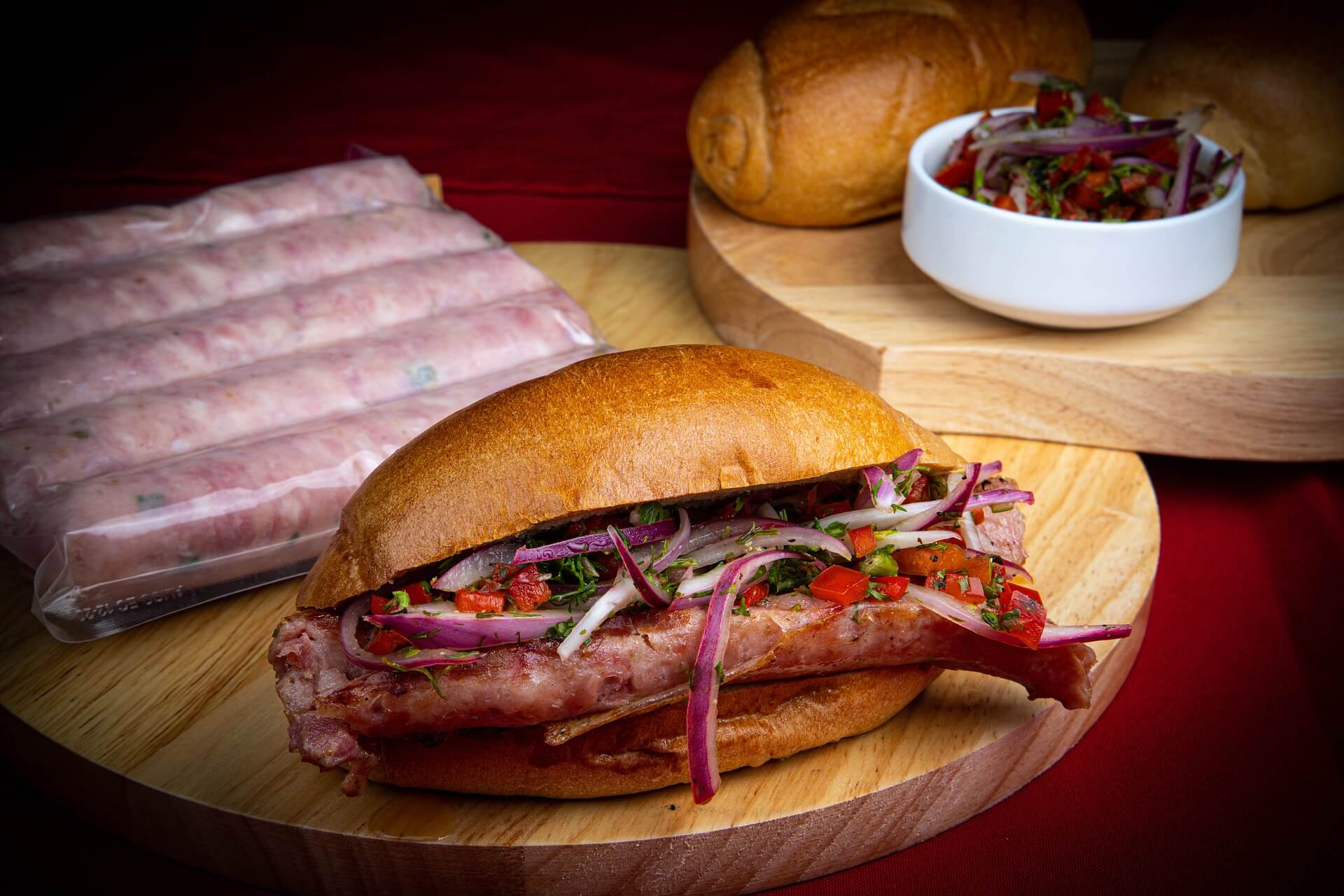
Tamales

Arroz con Leche Rice pudding


Tegucilgalpa is located on hilly terrain hemmed in by mountains at an elevation of 3200 feet above sea level. The city was founded in 1578 on the slopes of Mount Picacho as a gold and silver mining center. In 1938 it was combined with the city of Comayaguela which lies across the Choluteca River and now forms the central district of the city. One of the few capitals of the world without a railroad, the city relies on its international airport and trucking. The city endures extreme poverty exacerbated by hurricane Mitch in 1998 which destroyed thousands of homes.
Tourist Attractions in Tegucigalpa:
Naciones Unidas el Picacho Park
Parque Nacional la Tigra The cloud forest
Museo para la Identidad Nacional
Catedral de San Miguel
Finca la Cantadora National park and mountains
Iglesia los Dolores cathedral
Parque Central interesting neighborhood
Honduras National Art Gallery
Colonial Section of the city
Basílica de Suyapa
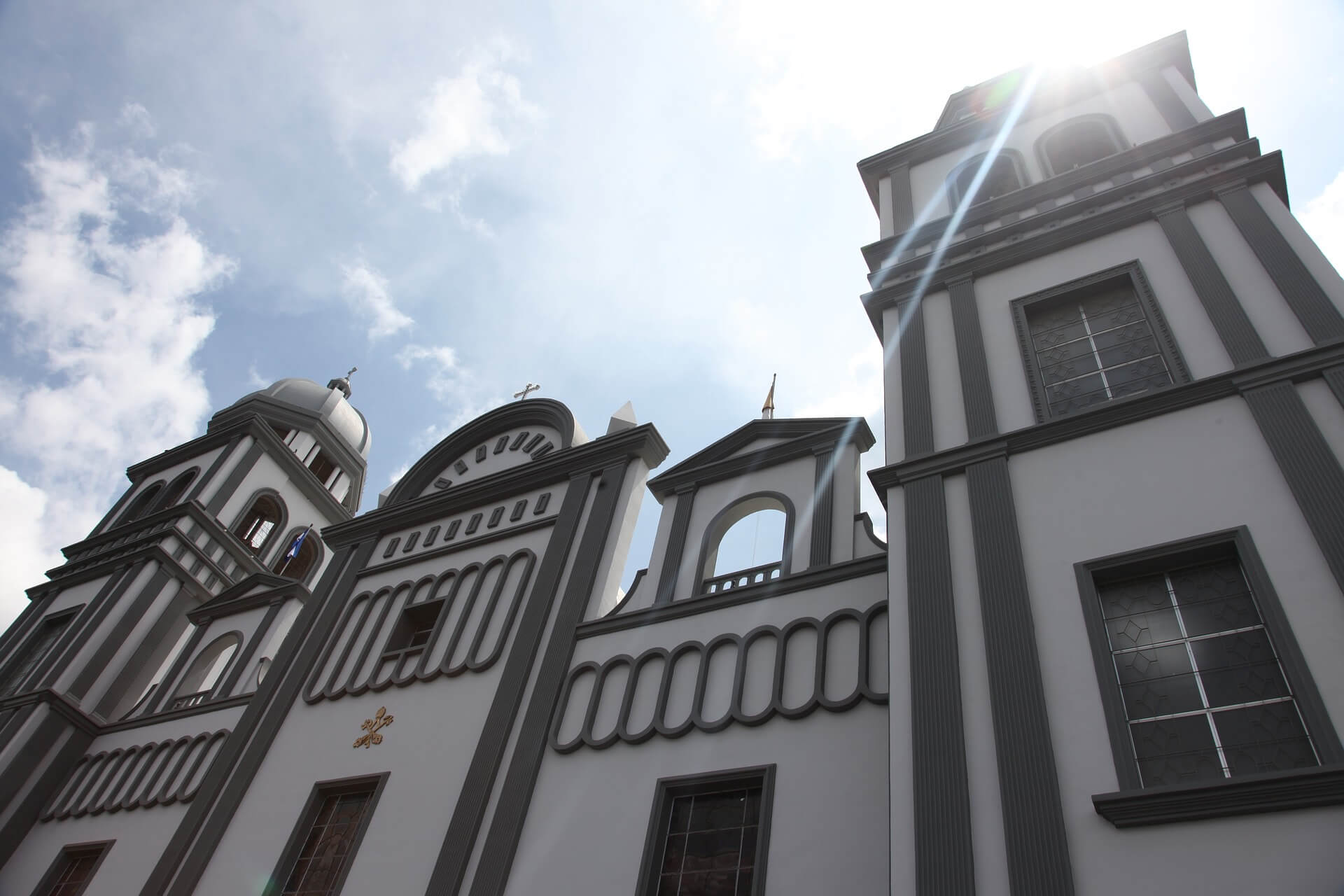
Tourist Attractions for the Rest of the Country
Roatan Bay Islands has beautiful coral reefs and snorkeling, scuba diving and deep sea fishing. Visit Roatan Museum, The Carambola Gardens, Manawakie Park for monkeys and sloths and Butterfly Gardens.
Anthony’s Key Resort go to the Roatan Institute of Marine Sciences and swim with the dolphins in a large lagoon.
Lake Yojoa is the largest natural lake in Honduras and a natural setting for birders.
Punta Sal National Park includes access to wetlands, tropical jungles with wildlife, mangroves, wetlands, beaches and coral reefs.
Cayos Cochinos is a group of privately owned islands with coral reefs, fishing and tourist amenities.
Lancetilla Botanical Gardens are the second largest botanical gardens in the world.
Copan Ruins is an archeological site that includes the most studied Mayan city in the world and is a UNESCO Designated World Heritage Site. The city is 2000 years old and nearby there are pyramids. Visit the Museum of Mayan Sculpture.
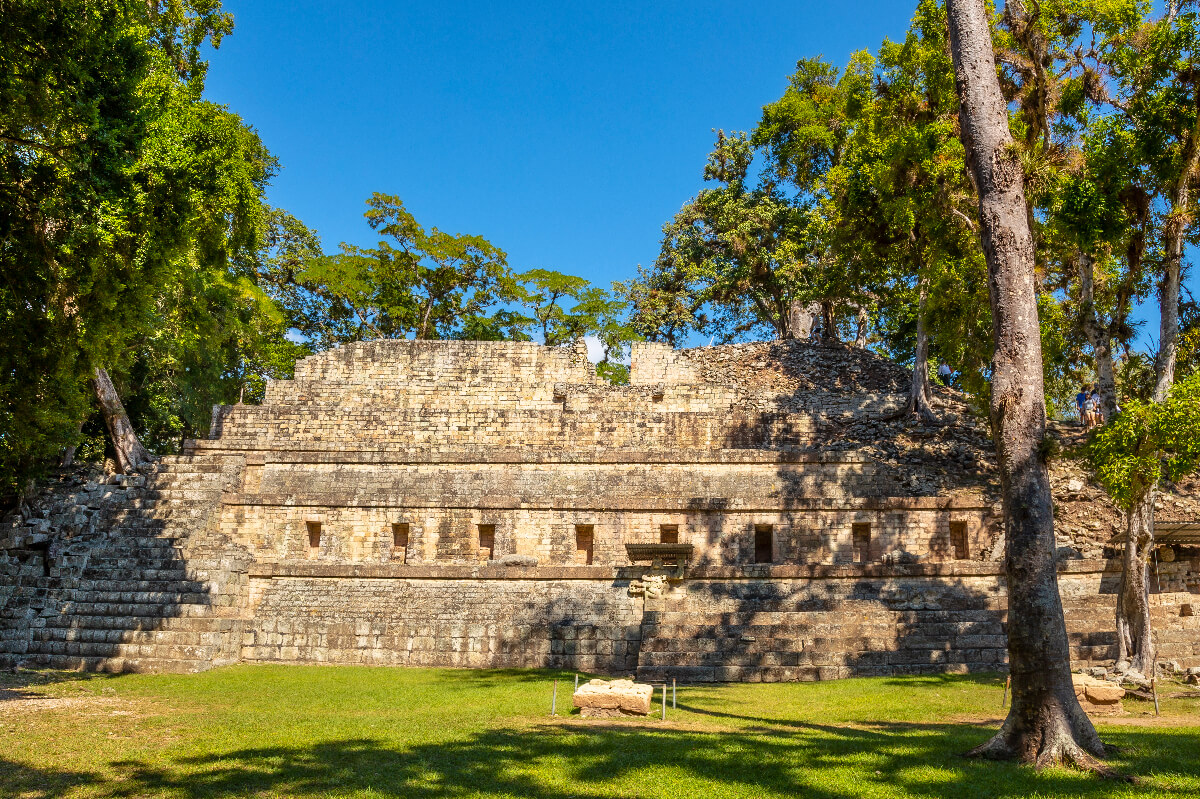
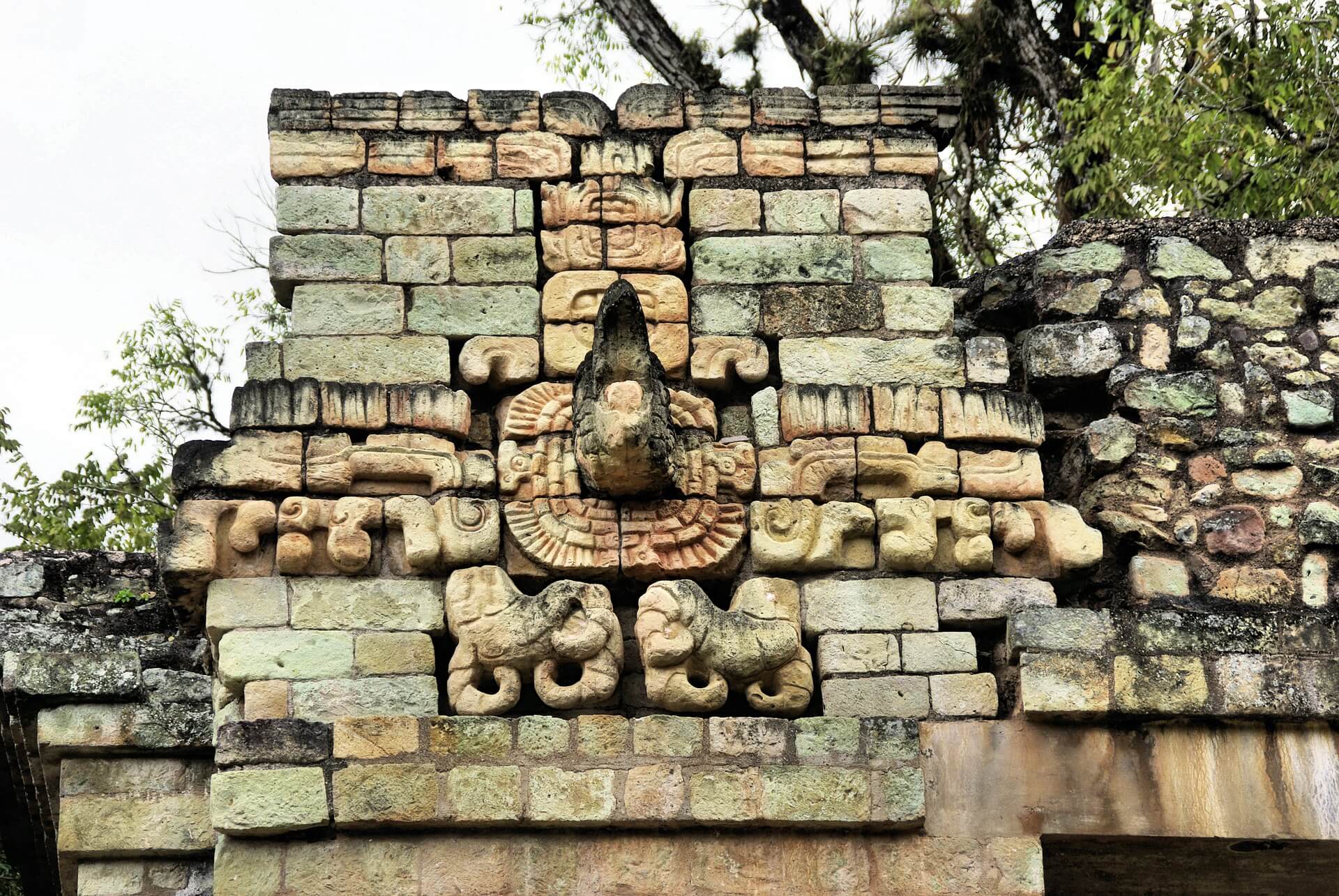
No Tour Found
No Tour Found